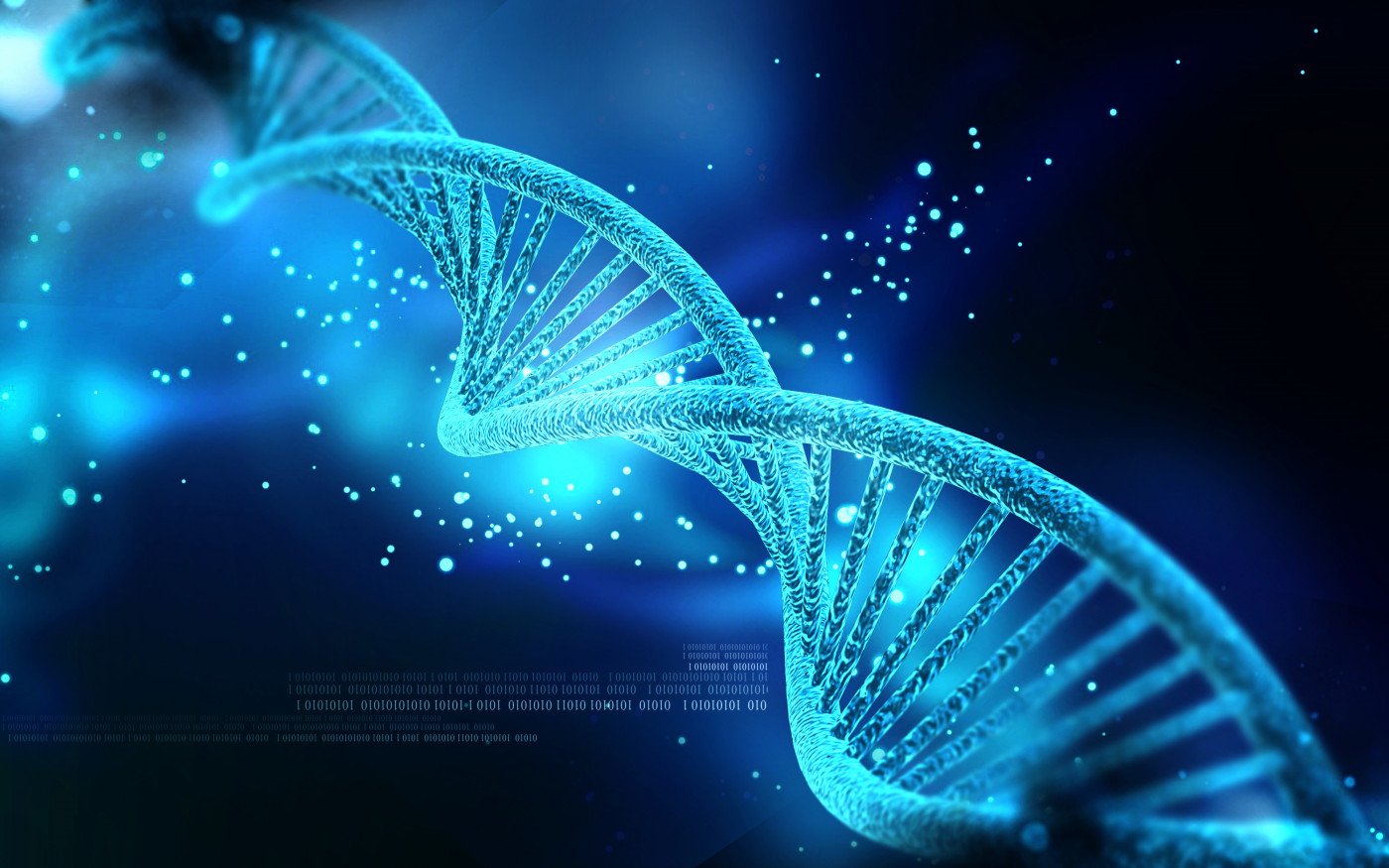Cellular Mechanism Identified as Possible Cause of Charcot-Marie-Tooth 2B Symptoms
Written by |

Defects in a gene responsible for Charcot-Marie-Tooth type 2B (CMT2B) appear to interfere with a process in cells called autophagy, a mechanism for the elimination of cellular waste. These findings suggest that normalizing autophagy in CMT2B patients may have therapeutic benefits.
The study, titled “Alterations of autophagy in the peripheral neuropathy Charcot-Marie-Tooth type 2B,” was published in the journal Autophagy.
CMT2B is a peripheral neuropathy that causes stabbing, burning, or tingling pain usually in the hands and feet. It also can affect other parts of the body. The axons of neurons (nerve cells), which are long, arm-like structures extending from the centers of nerve cells, are thought to be damaged in CMT2B, causing the symptoms.
Autophagy takes place in components of cells called autophagosomes. Disturbances in the regulation of autophagosome activity in nerve cells, called autophagic flux, are known to cause diseases involving nerves, including in Alzheimer’s disease, Parkinson’s disease, and amyotrophic lateral sclerosis.
The defective gene in CMT2B, RAB7A, produces a protein that regulates autophagic flux, so researchers decided to study the effect of a defective RAB7A gene on autophagy in cells cultured in a laboratory. They theorized that waste accumulating in cells where autophagy was slowed could damage nerve cells and cause the symptoms seen in CMT2B.
They first studied standard cells in a culture and found that cells carrying the mutant RAB7A gene had fewer autophagosomes and reduced autophagic flux compared with cells with a normal gene.
Researchers then studied cells removed from the skin of a patient with CMT2B that were cultured in a laboratory for testing. Autophagic flux was reduced in cells from the CMT2B patient who had one defective RAB7A gene compared to cultured skin cells from a healthy volunteer.
“In conclusion, our data indicate that CMT2B mutations strongly affect cellular autophagic flux and suggest that inhibition of autophagy caused by expression of altered RAB7 proteins could be the cause of increased axonal degeneration leading to the neuropathy [nerve disease],” the authors wrote.
“This information, therefore, suggests that the possibility of targeting autophagy may represent a potential approach to improve conditions of affected individuals, while taking advantage of assays for scoring autophagy (such as the described ratiometric flow cytometry flux assay) to rapidly evaluate, in vitro, the extent of the damage imposed by CMT2B-causing mutations and possibly select and guide forthcoming therapeutic options,” they concluded.




